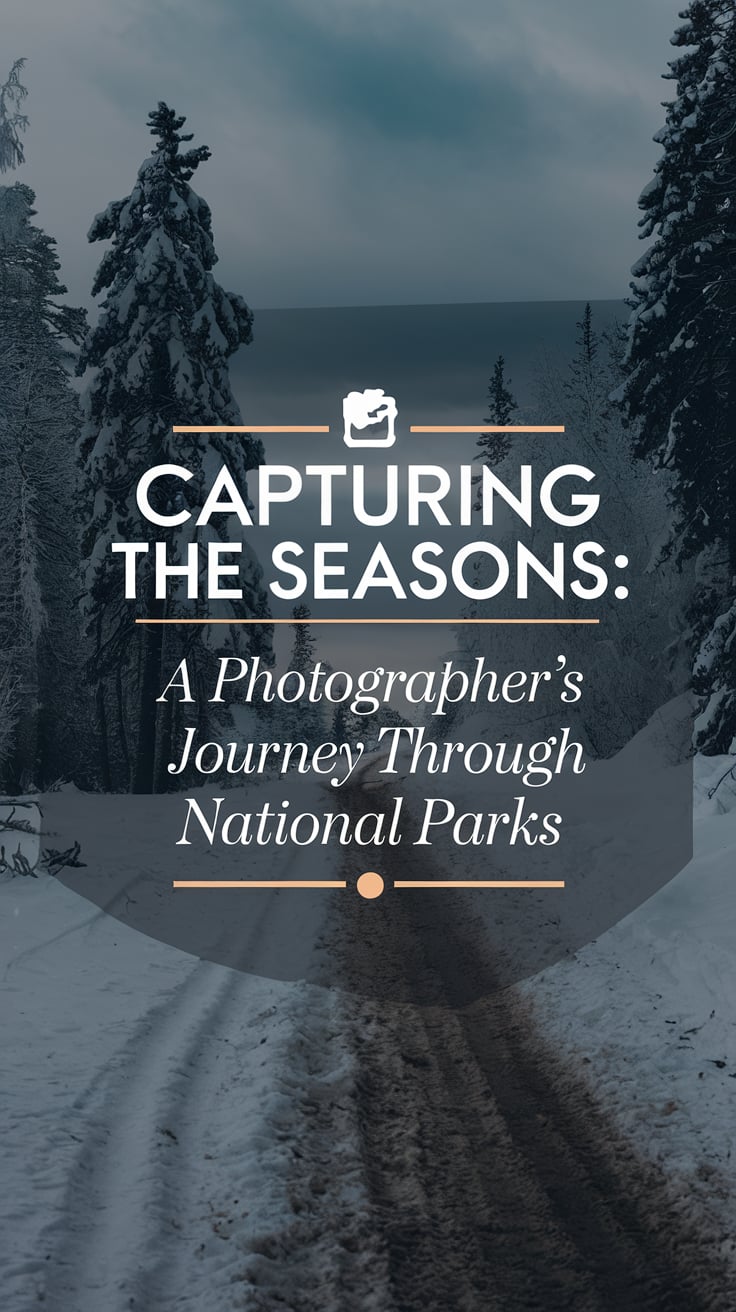A Guide to Photographing National Parks at Christmas: Frosty Frames & Holiday Magic
Introduction: Winter Wonderlands and Freezing Fingers
Let’s face it: You’re not just visiting a national park at Christmas for the joy of freezing your fingers off. You’re here to capture some epic shots that will make your Instagram followers swoon and your relatives jealous. Whether it’s Yosemite dressed in white or Yellowstone’s geysers making steamy statements, Christmas at a national park is basically nature’s version of a quiet show. Grab your camera, a thermos of cocoa (or coffee), and let’s dive into how to snag those perfect holiday shots without turning into a popsicle.
1. Picking the Right Park: Snowy Showstoppers vs. Soggy Letdowns
Not all national parks get the memo about winter wonderlands. Here’s a shortlist of parks that actually look good in snow:
- Yosemite: Think towering cliffs, frosty waterfalls, and trees that look like they’re auditioning for a snow globe.
- Yellowstone: Where else can you capture steaming geysers surrounded by snow and the occasional bison photobomb?
- Rocky Mountains: It’s basically a Christmas card waiting to happen. Bring your snowshoes.
- Great Smoky Mountains: Expect misty mornings and enough moodiness to make a poet cry.
- Grand Canyon: Yes, it snows there. And yes, it’s as epic as it sounds.
Pro tip: Check road closures before you head out. Nobody wants their “Christmas in the mountains” photo essay to turn into “Stranded: A Winter Survival Tale.”
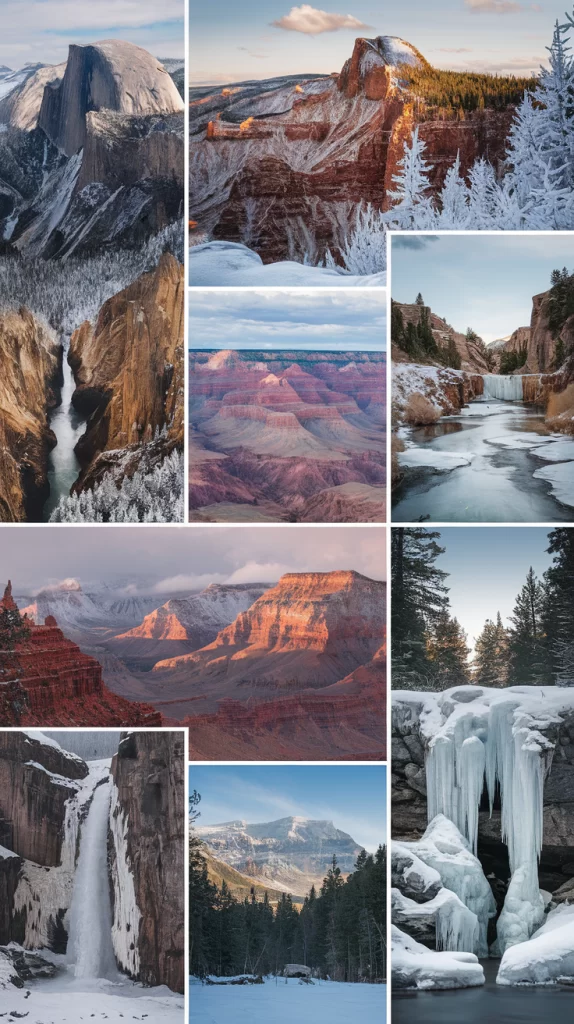
2. Gear Up or Shut Up: Must-Have Equipment
Camera Stuff:
- DSLR or Mirrorless: Because your phone is great, but not that great.
- Wide-Angle Lens: Perfect for capturing those vast landscapes (and the existential dread of realizing how small you are).
- Telephoto Lens: For wildlife. Unless you enjoy getting up close and personal with a grumpy elk.
- Tripod: For when you want to take long exposures—or just need a place to hang your gloves.
Winter Warrior Essentials:
- Extra Batteries: Cold weather kills batteries faster than you can say, “Why won’t this turn on?” Keep them warm in your pockets.
- Layers: Dress like you’re going to freeze. Insulated boots, waterproof everything, and gloves that let you still hit the shutter button.
- Hand Warmers: Your new best friends. Trust me.
3. Timing: The Early Bird Gets the Epic Shot (and Frostbite)
Christmas light isn’t just festive—it’s magical. But if you want that golden hour glow, you’ll need to set an alarm very early. Here’s the breakdown:
- Sunrise: Be there early, or forever chase mediocre light. Plus, there’s something poetic about watching the world wake up while you lose feeling in your toes.
- Sunset: Stick around after the sun dips. The blue hour is your time to shine—or at least your photos will.
- Snowstorms: Yes, shoot in the storm. Your camera can handle it (with a little protection). You? Well, bring a scarf.
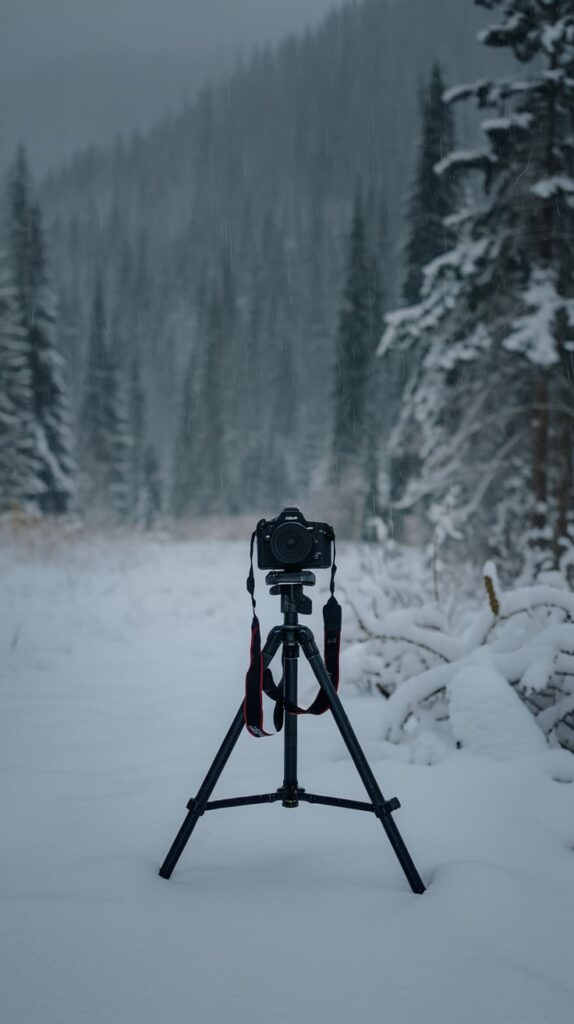
4. Compositional Tricks to Make People Think You’re a Pro
Let’s make your photos more than just a sea of white.
- Leading Lines: Roads, rivers, fences—use them to guide your viewer’s eye. Think of them as nature’s version of “follow me” signs.
- Reflections: Frozen lakes, puddles, even shiny ice patches can create mirror-like effects. Bonus points if you catch a reflection of a mountain or moose.
- Framing: Use trees, rock arches, or even holiday decorations (yes, they exist in some parks) to create natural frames.
- Minimalism: Sometimes, less is more. A lone tree in a snowfield can be more striking than a cluttered scene.
- Festive Details: Found a cabin with twinkling lights? Shoot it. Your audience loves that warm-and-cozy vibe.
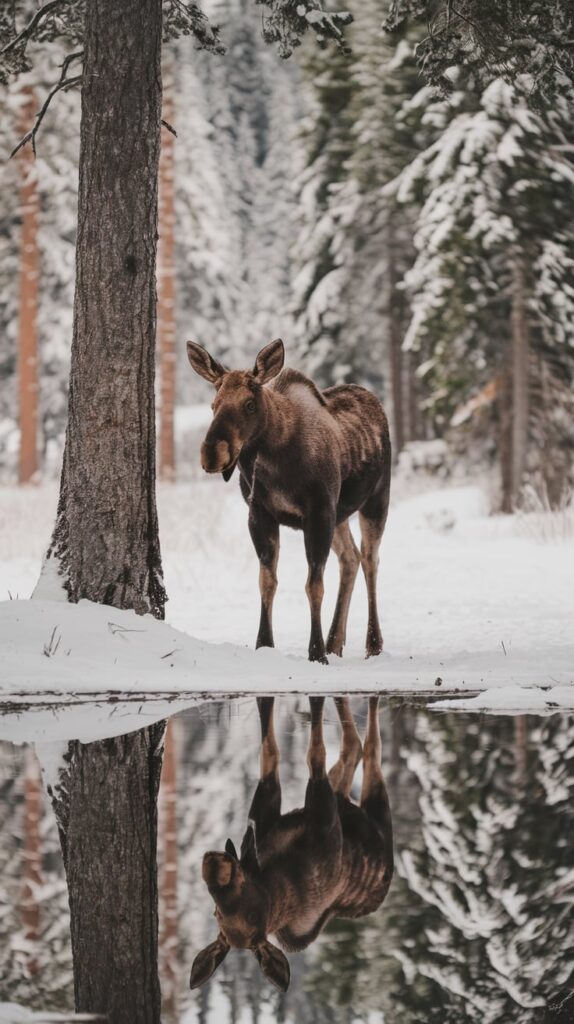
5. Handling Snow: It’s Not Just Cold; It’s Complicated
Snow is beautiful but tricky. Your camera sees it and thinks, “Gray?” Here’s how to outsmart it:
- Overexpose: Dial up the exposure compensation by +1 or +2 to make snow look white. Otherwise, you’ll end up with images that scream “meh.”
- Watch the Histogram: Because nothing says “I know what I’m doing” like pretending to understand your camera’s histogram. Aim for a balanced exposure.
- Shadows and Highlights: Capture the sparkle of fresh snow and the deep shadows of trees. Play with contrast—it’s winter’s gift to photographers.
6. Wildlife: The Good, The Bad, and the “Is That a Bear?”
Winter wildlife is extra photogenic, but remember: these animals don’t care about your Instagram feed.
- Zoom Lens: Stay safe. Stay far. No one wants to be that person who became a snack because they wanted a close-up.
- Know the Rules: National parks have strict guidelines about how close you can get to wildlife. Follow them. It’s not just smart; it’s the law.
- Patience: Wildlife photography is 10% skill and 90% waiting around in the cold. Bring snacks. Lots of snacks.
7. Get Creative: It’s Your Winter Wonderland, After All
- Long Exposures: Blur waterfalls, capture star trails, or photograph falling snow. A tripod and some patience are all you need.
- Panoramas: National parks were basically made for panoramas. Just don’t forget to overlap your shots.
- Night Photography: Winter nights are crisp and clear, perfect for Milky Way shots. Just remember to bundle up—you’ll be out there a while.
- Black and White: When in doubt, go monochrome. It emphasizes texture and makes snow look even more dramatic.
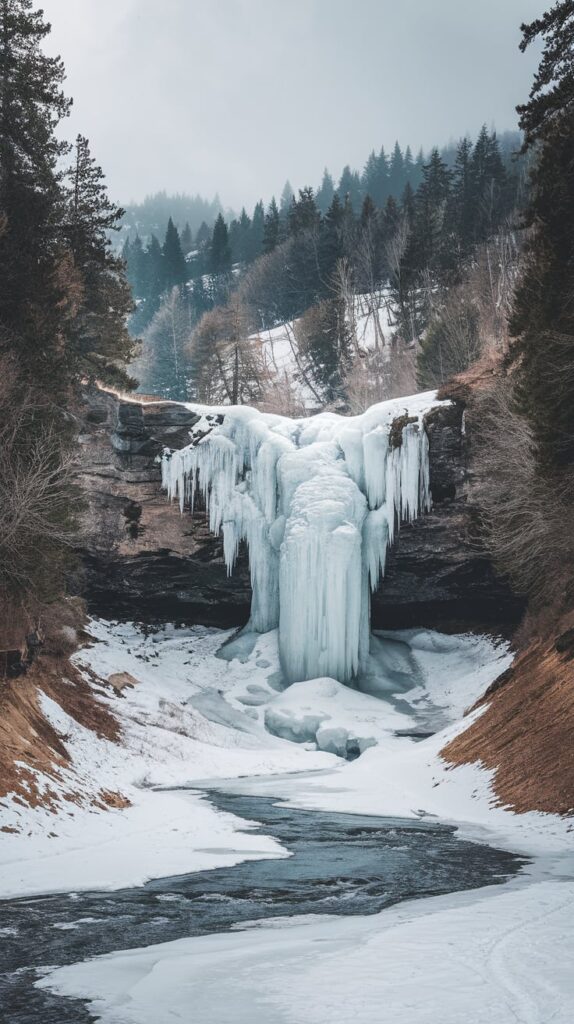
8. Post-Processing: AKA the “Make it Pretty” Phase
- White Balance: Fix any blue tint caused by snow. Warm things up if you want that cozy, Christmas feel.
- Contrast and Clarity: Make those snowflakes pop and give your trees some definition.
- Color Grading: Winter is naturally cool-toned, but a hint of warmth can transform your image.
- Noise Reduction: Shooting in low light? Get rid of that grain in post. Your future self will thank you.
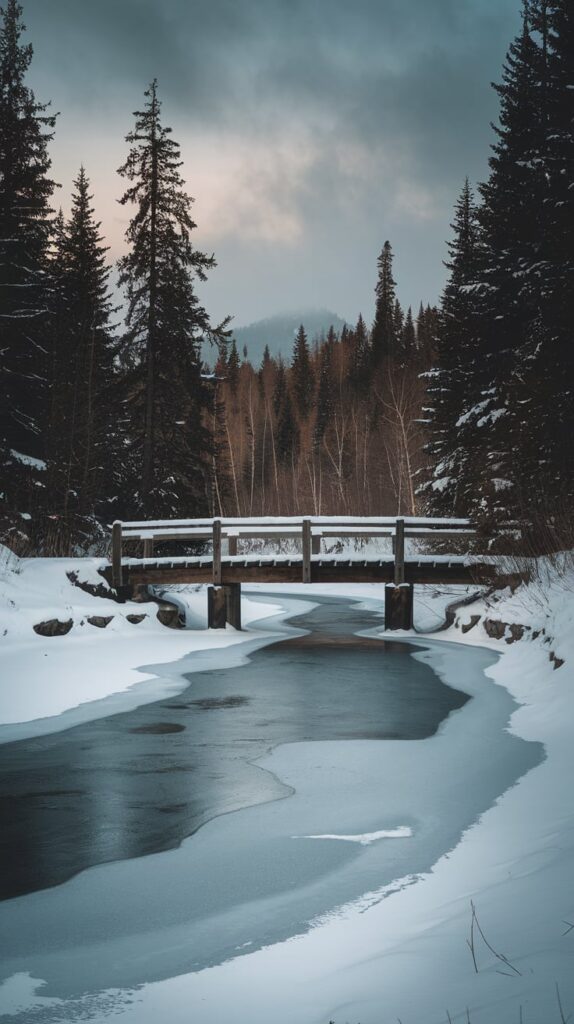
9. Safety First: Don’t Be a Christmas Statistic
- Ice Awareness: Slipping and falling is not the dramatic flair you need.
- Stay Warm: Frostbite is not a fun holiday surprise. Layer up and take breaks.
- Emergency Kit: Always have a first aid kit, map, and flashlight. You’re here for photos, not a rescue mission.
Conclusion: Snap, Sip, and Savor the Season
Christmas in a national park is pure magic. You’ll leave with frozen fingers but a full memory card—and maybe a few stories to tell. So grab your camera, your sense of adventure, and a flask of something hot. Go capture the holiday spirit in the wildest, most beautiful places on Earth. And remember: the best shots happen when you’re having fun (and slightly questioning your life choices at 5 a.m. in the snow).
Happy shooting, and may your photos be as epic as your holiday spirit!

